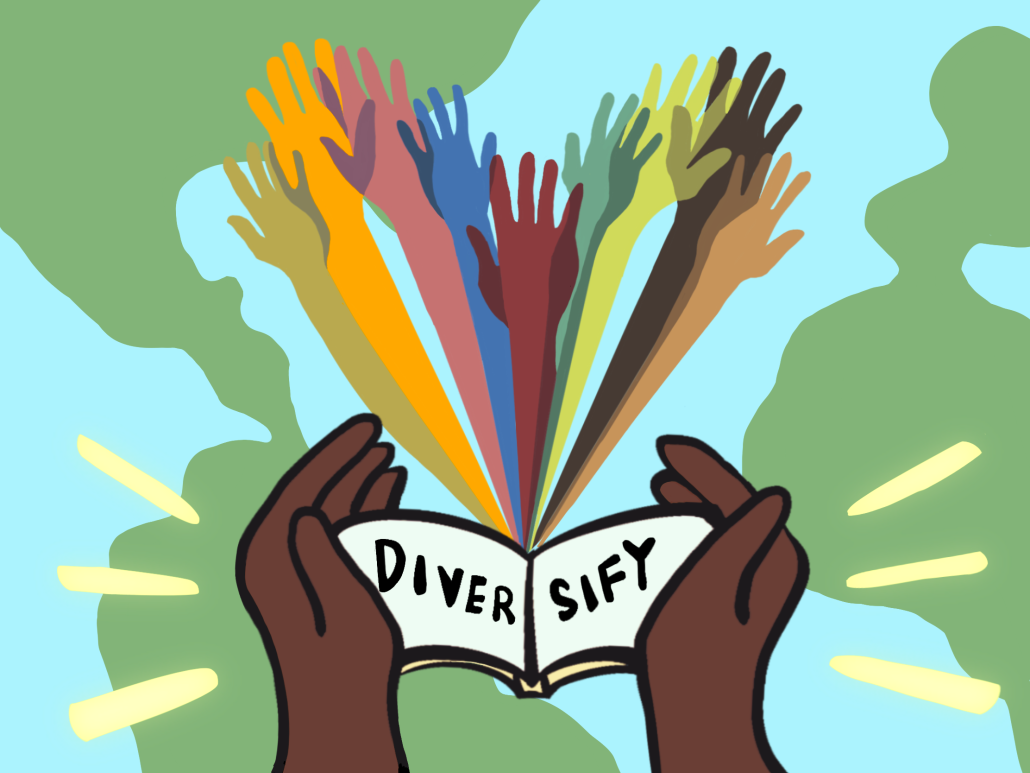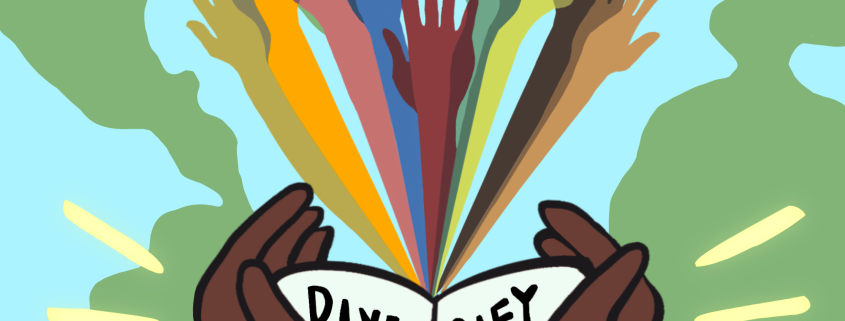Creatives of color deserve more recognition

The American public school system seems to do only one thing consistently: fail. As a former public school student, I was thrown into the world with a vague understanding of geography, white-washed history under my belt and deficits in more categories than I’d like to admit.
With the mere state of our political and social climate, I panicked internally as I quickly found out that I had half-baked knowledge on the world and zero clue how to respond adequately. Sure, we can blame public schools ad nauseam, but the reality is that schools are just pawns that participate in a larger construct — one that permeates everyday life and inhibits Black, Indigenous and people of color from succeeding.
In just the book industry alone, research done by writers at The New York Times found that 95% of fiction books published between 1950 and 2018 were written by white authors. But maybe this is a bygone problem that is remedying itself? Not quite. The research reflects that still only 11% of books published in 2018 were written by non-white people. Whether that figure can be attributed to the 85% white majority book editors at the largest publishing firms or perhaps something larger … try a demoralizing combination of both.
“Something larger” that made headlines in 2020 was the “#publishingpaidme” hashtag where authors shared how much they were paid in advance for their books. Author Mandy Len Catron tweeted: “I, a totally unknown white woman with one viral article, got an advance that was more than double what @rgay got for her highest advance. #publishingpaidme $400,000 for How to Fall in Love with Anyone.” Whereas successful Black author, Roxane Gay, was offered a mere $15,000 for her best-selling essay collection, Bad Feminist.
What’s worse is that this is not a one-off occurrence, #publishingpaidme is littered with book advance offers that are evidence of a blatant bias for white authors. By examining just this sphere alone, we see how little the experience and productions of Black, Indigenous and people of color mean to a white majority.
Although the intention to support Black, Indigenous and people of color may be there, it is understandable that it may be difficult to know where to start. However, performative actions and empty promises of support are no longer sufficient; being in the position to decide whether or not to educate oneself is a demonstration of privilege.
Though increased inclusion seems to be a tall order to fulfill, starting with reform within school curricula could be a good place to start. Over the course of my education, I’ve had to read countless books by white authors that are only kept relevant by their alleged status as “classics” — of course there are actually some “classic” books that are worth reading, but the vast majority are dated, easily forgotten and arguably have very little to teach in actuality.
In the handful of times where I’ve been assigned works by authors of color in school, I can confidently say that they cannot be forgotten so easily. Earlier this year I decided to join my roommate in watching “13th,” a documentary directed by Ava DuVernay for one of her classes.
The documentary fluidly delineates the United States’ history of racial discrimination and the contemporary version of slavery that is mass-incarceration. In a powerful — and often jarring — documentary, the directors implore Americans to take a look at their country’s government. How can one just forget such haunting subject matter? But I have already forgotten the plot of “Othello” by Shakespeare which I read around the same time.
Education is one of the largest sectors that could increase engagement for works by Black, Indigenous and people of color — and frankly, inane debates on whether or not to represent the 40.9% non-white American population have prevented us from taking advantage of such a large and impactful body of work up until now. The truth is that however menial these changes to curricula may seem, they not only open the door to more informed thinking for the coming generations but also make the pursuit of creative careers less hostile for communities of color.

